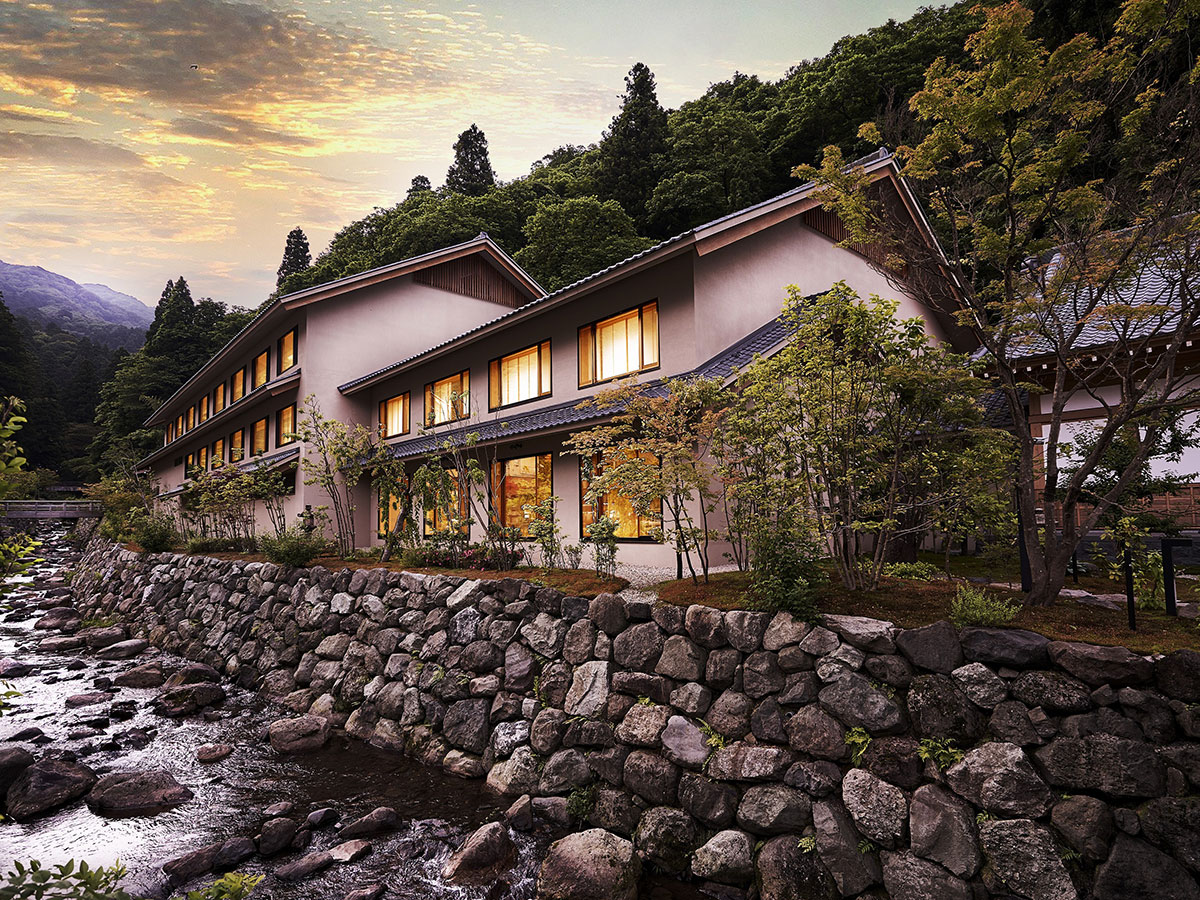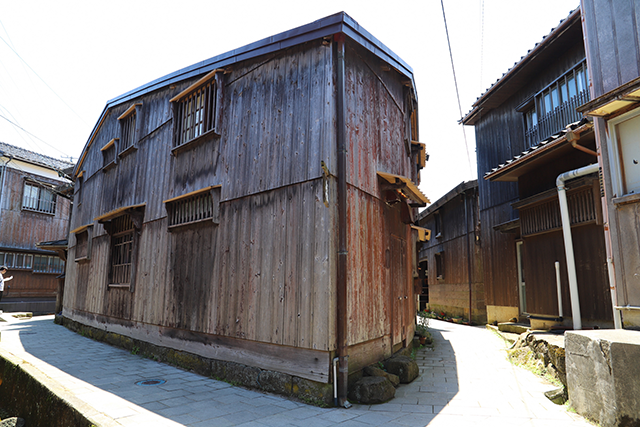Heisenji Hakusan Shrine
The temple was established as a base for worship by the Buddhist priest Taicho in 717 on the Echizen side of the sacred mountain Hakusan, an ancient object of worship. In the latter half of the Heian period, it became a branch temple of the Hieizan Enryakuji Temple of the Tendai sect of Buddhism, and although it became the largest religious city in Japan at the height of the Warring States period, the temple was burned to the ground during the uprising of followers of the Osaka Honganji sect of Jodo Shinshu Buddhism in 1574. With the Meiji program of separation of Shinto and Buddhism, the temple name of Heisenji was abolished and became Hakusan Jinja (shrine), and is now know as the "moss temple" for its beautiful moss carpet covering the grounds. In addition, Mitarashinoike Pond, where a goddess appeared to lead Taicho to Hakusan, and the giant cedars of Wakamiya Hachimangu that survived the burning of the temple, tell the tale of the bygone days of Hakusan Heisenji Temple.
View scenic routes that include this spot
Experience the Traditions Connecting the Past to the Future in Tokyo and Hokuriku WAVERING LIGHTS AND GREEN CARPET
WAVERING LIGHTS AND GREEN CARPET

More Information about Heisenji Hakusan Shrine
Street address
- Heisenji, Heisenji-cho, Katsuyama City
Access
Route1
- 13 minutes by Dinagon bus bound for Heisenji (Saturdays, Sundays and public holidays only *Not in operation from December to mid-March) from Katsuyama Station on the Echizen Railway, disembark at Heisenji hakusanjinja-mae
Route2
- 30 minutes by Katsuyama City Community Bus from Katsuyama Station, disembark at Heisenji hakusanjinja-mae
Opening Hours
- None
Closed
- None
Website
- http://heisenji.jp/
Best season
- All year
Point
update: Sep.3.2024

Spots around
-

Nihonkai Sakanamachi
-

Fukui Prefectural Dinosaur Museum
-

Yokokan
-

Port of Humanity Tsuruga Museum
-

Echizen Washi Village
-

Soto Zen Daihonzan Eiheiji Temple
-

Takefu Knife Village
-

Awara Onsen
-

Miketsukuni Wakasa Obama Food Culture Museum
-

Fukui Prefecture Varve Museum
-

Mikata Five Lakes Rainbow Line
-

Okamoto-Otaki Shrine
-

Ichijodani Asakura Clan Ruins
-

Tojinbo
-

Eiheiji Hakujukan
-

Mikuni Minato
-

Sotomo Cruise
-

Kehi Jingu Shrine
-

ESHIKOTO








 About FUKUI
About FUKUI 













